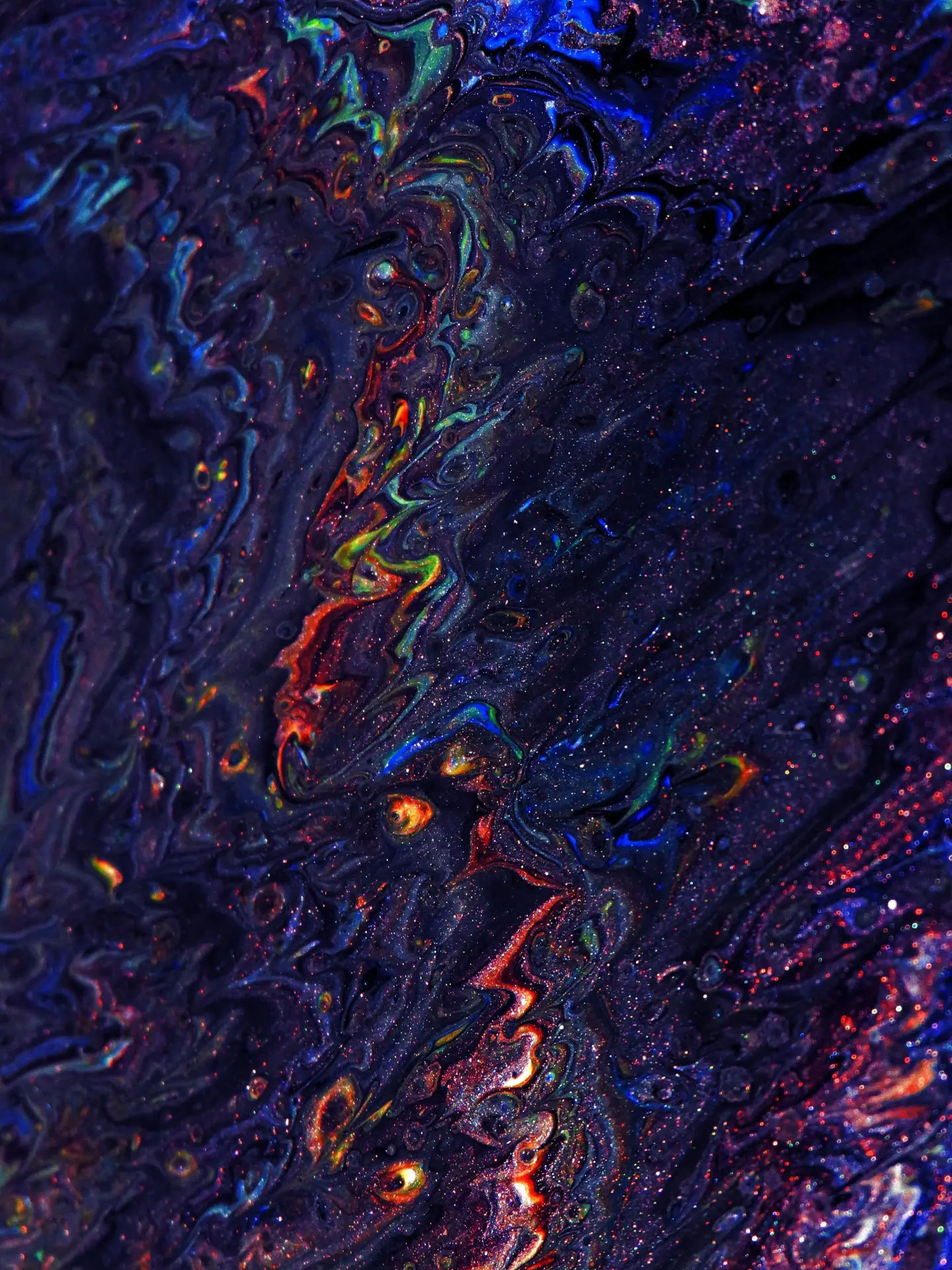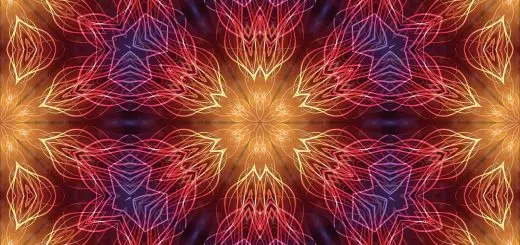The Māori Whakairo: Woodcarving Tradition and Artistic Expression

Looking for more amazing products? Check out our online store and explore our collection here! Happy shopping!
Before diving in, please note: This post is for informational purposes only. If you’d like to know more about how we approach topics, feel free to check out our friendly Disclaimer Page.
Hey there, amazing readers! 
We’re committed to delivering quality posts, and your support (even just sticking around despite the ads) means everything to us. So, bear with us, and thanks for helping us keep the good vibes rolling. Now, on to the fun stuff!
TRANSLATE BUTTON AT THE END OF THE ARTICLE
A Quick Overview
The Māori Whakairo is a traditional woodcarving art form that holds immense cultural and spiritual significance for the indigenous Māori people of New Zealand.
This ancient tradition has been passed down through generations, embodying the rich history, stories, and beliefs of the Māori culture.
Whakairo is not just a form of artistic expression but also a way to honor ancestors, connect with the natural world, and preserve cultural identity.
In this article, we will explore the history, techniques, symbolism, and evolution of Māori Whakairo, shedding light on its impact on Māori identity and the challenges facing its preservation.
Introduction to Māori Whakairo
Māori Whakairo, also known as Māori woodcarving, is a traditional art form that encompasses carving, sculpting, and intricate designs on wood.
The term "whakairo" comes from the Māori language, with "whaka" meaning to make or create, and "iro" meaning to carve or engrave.
This art form is deeply rooted in Māori culture and plays a vital role in the preservation of ancestral knowledge, genealogy, and spiritual beliefs.
History and Origins of Whakairo
The origins of Māori Whakairo can be traced back to the Polynesian ancestors who migrated to Aotearoa, now known as New Zealand, around 1000 years ago.
These early settlers brought with them the art of woodcarving, which evolved over time to become an integral part of Māori culture.
Woodcarving was used to adorn meeting houses, canoes, weapons, and everyday objects, showcasing the skilled craftsmanship and artistic flair of the Māori people.
Significance of Woodcarving in Māori Culture
Woodcarving holds immense significance in Māori culture as a form of artistic expression, storytelling, and spiritual connection.
Each carving carries with it layers of meaning, representing genealogy, tribal affiliations, historical events, and mythological narratives.
Whakairo is a way for the Māori people to communicate their identity, values, and beliefs, creating a tangible link between the past, present, and future.
Traditional Tools and Techniques
Māori woodcarving involves a range of traditional tools and techniques that have been passed down through generations.
Some of the key tools used in whakairo include adzes, chisels, gouges, and mallets, each carefully crafted for specific carving tasks.
The techniques employed by Māori carvers are precise and intricate, requiring skill, patience, and a deep understanding of the wood’s grain and texture.
Symbolism in Māori Whakairo
Symbolism plays a crucial role in Māori Whakairo, with each carving carrying symbolic meaning and significance.
Common motifs in Māori woodcarving include spirals, koru (fern fronds), manaia (mythical creatures), and tiki (human-like figures).
These symbols represent concepts such as growth, strength, protection, and spiritual connections, weaving together a tapestry of cultural narratives and beliefs.
Evolution of Whakairo in Modern Times
While Māori Whakairo has deep roots in tradition and history, it has also evolved and adapted to modern times.
Contemporary Māori carvers continue to practice the art form, incorporating new materials, techniques, and styles into their work.
Whakairo has found its place in galleries, museums, and public spaces, showcasing the enduring relevance and creativity of Māori woodcarving in the 21st century.
Master Carvers and Their Legacy
Throughout Māori history, there have been master carvers who have left a lasting legacy through their exceptional skill and artistry.
These master carvers, known as "tohunga whakairo," are revered for their ability to bring wood to life, creating intricate carvings that embody the essence of Māori culture and spirituality.
Their work continues to inspire and influence contemporary Māori artists and carvers.
Preservation and Revival of Whakairo
In recent years, there has been a renewed focus on the preservation and revival of Māori Whakairo as a vital part of Māori heritage and cultural identity.
Initiatives such as carving schools, workshops, and cultural programs aim to pass on the knowledge and skills of woodcarving to future generations, ensuring that this ancient art form continues to thrive and evolve.
Whakairo in Contemporary Art
Māori Whakairo has also found a place in contemporary art, with Māori artists and carvers exploring new creative avenues and pushing the boundaries of traditional woodcarving.
From sculpture to installation art, whakairo continues to inspire innovative and thought-provoking works that challenge perceptions, celebrate diversity, and showcase the enduring beauty of Māori culture.
Regional Variations in Māori Woodcarving
While Māori Whakairo is a shared cultural practice, there are regional variations in styles, techniques, and motifs that reflect the unique identity of different Māori iwi (tribes) and regions.
For example, carvings from the North Island may feature different designs and symbols compared to those from the South Island, highlighting the diversity and richness of Māori woodcarving traditions.
Impact of Whakairo on Māori Identity
Māori Whakairo plays a crucial role in shaping and preserving Māori identity, providing a tangible link to the past, present, and future of the Māori people.
Through woodcarving, Māori artists express their cultural heritage, values, and beliefs, strengthening their sense of belonging and connection to their ancestors, land, and spiritual traditions.
Challenges Facing the Whakairo Tradition
Despite its enduring importance and cultural significance, Māori Whakairo faces several challenges in the modern world.
These challenges include issues such as the commercialization of traditional art, the loss of skilled artisans, and the impact of cultural appropriation.
It is essential for Māori communities and artists to work together to address these challenges and ensure the continued survival and vitality of the Whakairo tradition.
Conclusion
The Māori Whakairo is a living art form that embodies the rich history, beliefs, and cultural heritage of the Māori people.
From its ancient origins to its modern-day evolution, woodcarving has played a vital role in shaping Māori identity, fostering creativity, and preserving ancestral knowledge.
As Māori artists and communities continue to champion the Whakairo tradition, it is essential to recognize and support the enduring legacy of this unique art form, ensuring that it thrives for generations to come.

The Enlightenment Journey is a remarkable collection of writings authored by a distinguished group of experts in the fields of spirituality, new age, and esoteric knowledge.
This anthology features a diverse assembly of well-experienced authors who bring their profound insights and credible perspectives to the forefront.
Each contributor possesses a wealth of knowledge and wisdom, making them authorities in their respective domains.
Together, they offer readers a transformative journey into the realms of spiritual growth, self-discovery, and esoteric enlightenment.
The Enlightenment Journey is a testament to the collective expertise of these luminaries, providing readers with a rich tapestry of ideas and information to illuminate their spiritual path.
Our Diverse Expertise
While our primary focus is on spirituality and esotericism, we are equally passionate about exploring a wide range of other topics and niches 

To ensure we provide the most accurate and valuable insights, we collaborate with trusted experts in their respective domains 
Our blog originally focused on spirituality and metaphysics, but we’ve since expanded to cover a wide range of niches. Don’t worry—we continue to publish a lot of articles on spirituality! Frequently visit our blog to explore our diverse content and stay tuned for more insightful reads.
Hey there, amazing reader! 
Check out our store here and take a peek at some of our featured products below! Thanks for being awesome!













